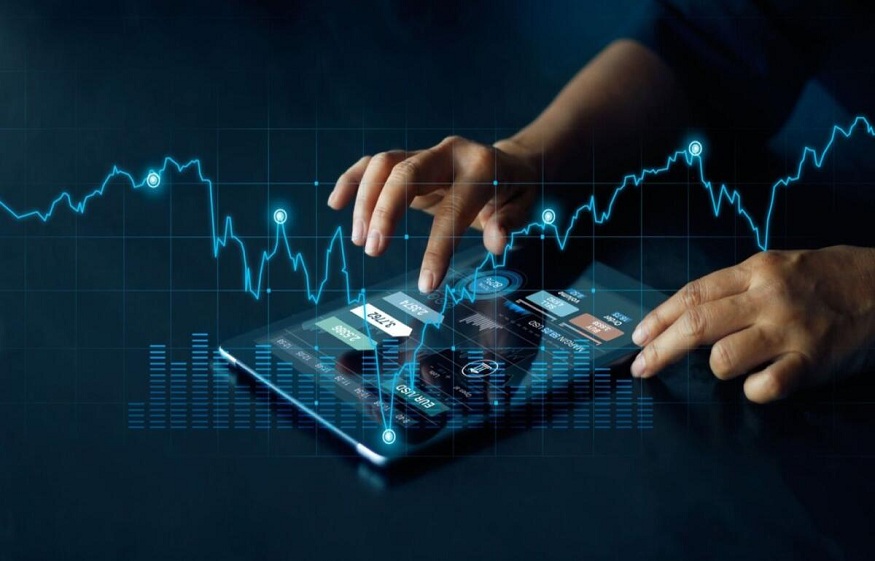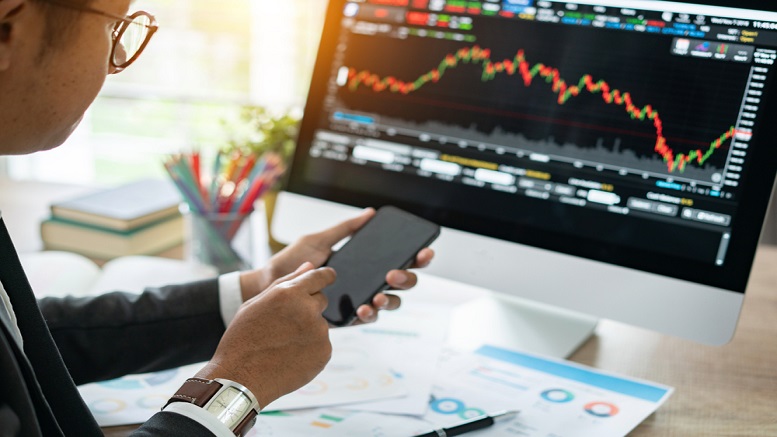Stock trading has long been a fundamental pillar of Denmark’s financial ecosystem, vital to its economic growth and development. With a rich history dating back centuries, the Danish stock market has evolved with global financial trends and technological advancements.
This article provides an in-depth overview of stock trading in Denmark, delving into its historical roots, regulatory framework, current trends, and the factors that have shaped its trajectory.
A historical journey through Danish stock trading
The history of stock trading in Denmark traces its roots back to the early 19th century when the Copenhagen Stock Exchange was established in 1808. Initially operating as a marketplace for government bonds and commodities, it gradually expanded to include equities and derivatives. The stock exchange gained momentum over the years, becoming a pivotal platform for domestic and international investors.
In the modern era, the Copenhagen Stock Exchange, now known as Nasdaq Copenhagen, is Denmark’s primary securities exchange. It has undergone various transformations and technological upgrades, adapting to the changing demands of traders and investors.
Regulatory framework and investor protection
A robust regulatory framework underpins Denmark’s stock trading landscape to ensure fair, transparent, and efficient markets while safeguarding investor interests. The Danish Financial Supervisory Authority (FSA) is the primary regulatory body overseeing financial markets, including the stock exchange. The FSA enforces rules that govern trading practices, market integrity, disclosure requirements, and the conduct of market participants.
Investor protection is a cornerstone of Denmark’s regulatory approach. The Market Abuse Regulation (MAR) aligns the country with EU standards, prohibiting insider trading and market manipulation. The Financial Instruments Trading Act (FITSA) also lays out rules for investment firms and trading venues, enhancing market transparency and harmonisation.
Trends shaping the Danish stock trading landscape
In recent years, Denmark’s stock trading landscape has experienced several notable trends that reflect global market dynamics and local economic conditions. The rise of technology and digitalisation has led to increased market access, enabling individual investors to participate in trading through online platforms. This democratisation of stock trading has been embraced by seasoned investors and newcomers alike.
Sustainability and responsible investing have gained prominence in Denmark, mirroring global concerns about environmental, social, and governance (ESG) factors. Danish investors are increasingly considering the sustainability performance of companies when making investment decisions. This has led to sustainable investment funds and initiatives promoting socially responsible investing.
Navigating the future: Challenges and opportunities
As Denmark’s stock trading landscape evolves, it faces various challenges and opportunities. The increasing complexity of financial markets, driven by technological advancements and globalisation, presents opportunities for diversification and challenges in managing risk. The proliferation of high-frequency trading and algorithmic strategies demands vigilance in maintaining market integrity and preventing market abuse.
On the flip side, Denmark’s commitment to innovation positions it to leverage emerging technologies such as blockchain and artificial intelligence to further streamline trading processes and enhance market efficiency. The ongoing development of fintech solutions and digital investment platforms creates new avenues for retail investors to engage with the stock market.
Education and empowerment: Nurturing a new generation of traders
As Denmark’s stock trading landscape evolves, education and empowerment play a pivotal role in shaping the trading future. Organisations and institutions such as Copenhagen-headquartered Saxo recognise the importance of providing accessible educational resources for aspiring traders and investors. Seminars, workshops, and online courses offer valuable insights into trading strategies, risk management, and market analysis.
The emergence of social trading platforms allows novice traders to learn from experienced peers, mimicking their trades and gaining insights into their decision-making processes. This collaborative approach bridges the gap between traditional investing methods and the digital age, fostering a community of informed traders who can confidently navigate the complexities of the market.
Leveraging technology for enhanced trading
Technology has revolutionised how stock trading is conducted in Denmark in the digital age. The integration of advanced trading platforms, real-time data feeds, and algorithmic trading strategies has significantly enhanced the efficiency and speed of transactions. High-frequency trading (HFT), driven by complex algorithms and lightning-fast execution, has become a prominent feature of the Danish stock trading landscape, allowing for rapid trade execution and market liquidity.
Along with the benefits, the proliferation of technology has raised concerns about market stability and the potential for market manipulation. Regulators and market participants are tasked with striking a balance between embracing technological advancements and ensuring that markets remain fair, transparent, and resilient to sudden shocks.
With that said
Denmark’s stock trading landscape is a testament to its historical evolution, regulatory prowess, and adaptability to changing market dynamics. From its origins as a marketplace for government bonds to its status as a digitally connected exchange, the Danish stock market has navigated challenges and embraced opportunities.
With a robust regulatory framework, a commitment to investor protection, and a willingness to embrace innovation, Denmark’s stock trading environment remains dynamic and resilient, poised to continue playing a vital role in the country’s economic growth and financial progress.



